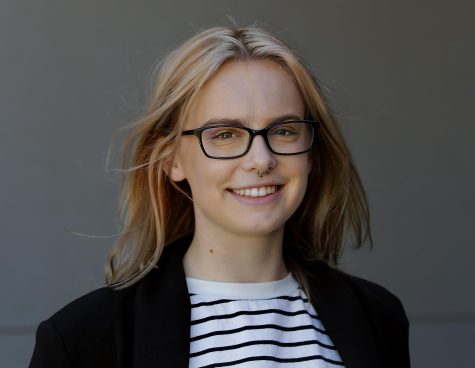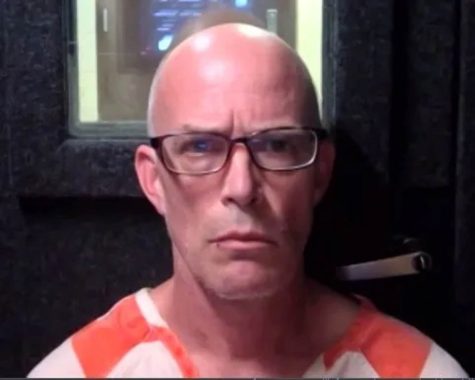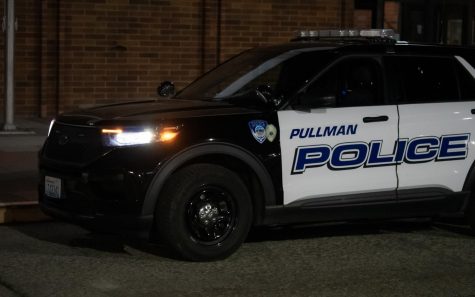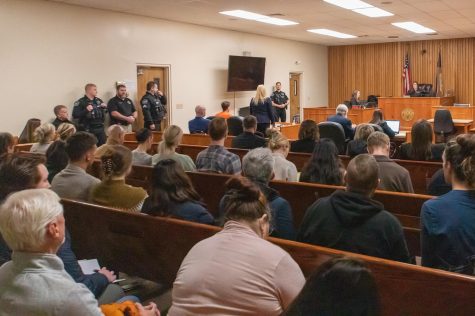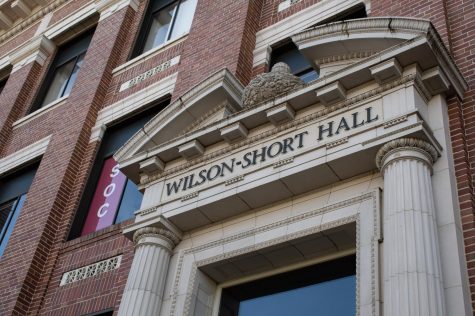Foley Institute discusses criminal justice systems targeting certain communities
Financial burdens, gender both at play when citizens are arrested, ticketed
“The nation’s poorest communities paid billions of dollars each year for criminal justice fines, fees, forfeitures, jail and prison costs and much more,” said Joe Soss, Cowles chair for the study of public service at the University of Minnesota.
November 18, 2021
The Thomas S. Foley Institute hosted a distinguished lecture on Wednesday about how the criminal justice system targets poor people within the country.
In 2015, Ferguson, Missouri, reportedly had a high rate of police officers targeting the poor community, as well as people of color. Black people made up 90 percent of those who were ticketed for public safety violations, said Joe Soss, Cowles chair for the study of public service at the University of Minnesota.
“The city [averaged] three warrants per household,” he said. “Fines and fees became almost universal experiences for poor, Black residents.
The payments from these fees made up one-fifth of the city’s income, he said.
Along with the people who are being targeted in Ferguson, Soss said about 10 million people in the U.S. owe over $50 billion because of legal fees and debts.
“The nation’s poorest communities paid billions of dollars each year for criminal justice fines, fees, forfeitures, jail and prison costs and much more,” he said.
The income from these fines and fees went straight to the government and firms throughout the legal system, Soss said.
“Not surprisingly, given what we know about the criminal justice system, the burdens of this resource extraction regime falls disproportionately on poor people of color,” he said.
Soss said gender analysis heavily comes into play when discussing who bears these financial burdens.
While men of color are often targeted by the criminal justice system, it is usually older women of color who suffer from these financial burdens, he said.
“Roughly one in four women in the U.S. have a family member in prison, a number that rises among Black women,” Soss said. “It’s typically women who co-signed the bill contracts and … will cover the fines and fees and prison charges while men are in prison.”
Soss said the criminal justice system targets people of color as well as people who are poor.
Between 2010 and 2015 in Baltimore, Maryland, 95 percent of driving citations were handed out to Black people, he said.
In 2015, an investigation done in Tampa, Florida, found 2,504 bike tickets were handed out in three years, and 80 percent were issued to Black residents, Soss said.
An investigation in 2017 in Jacksonville, Florida, showed pedestrians were not treated any better, he said.
“[It] found the police issued hundreds of pedestrian citations a year, all taking money from the community, drawing on 28 different statutes governing how people get around on foot,” he said.
Soss said these fines are being integrated into standard operations more and more.
“They manage and discipline the ordinary comings and goings of people in targeted communities in many ways, and in some ways, shrink public space itself,” he said.



